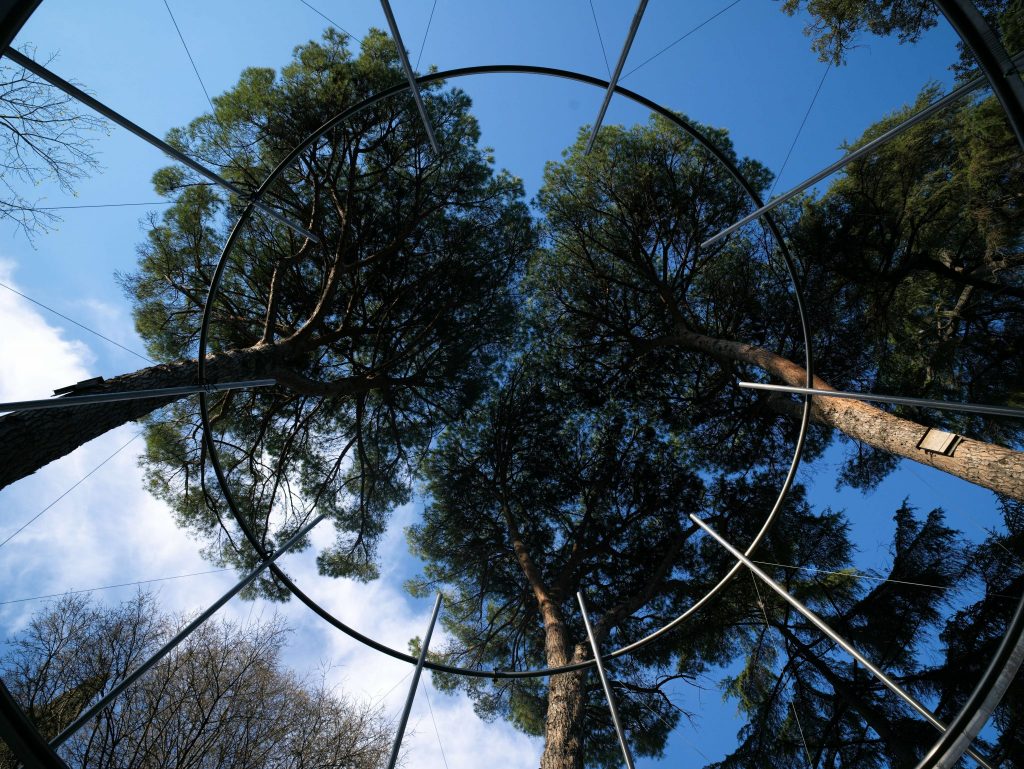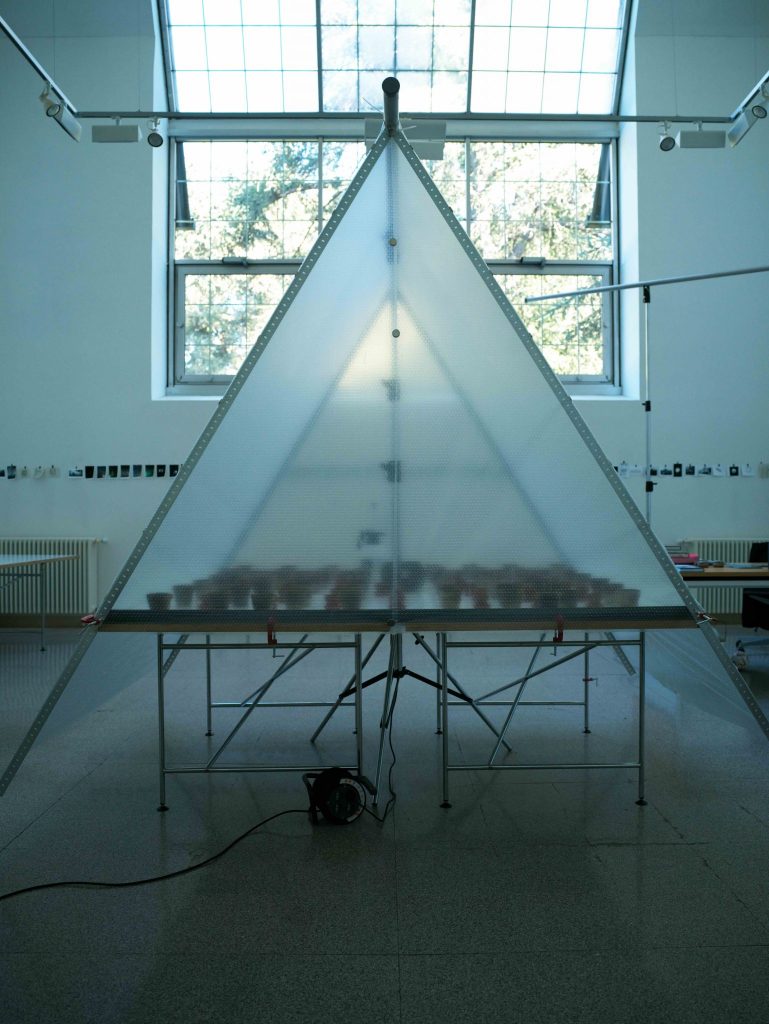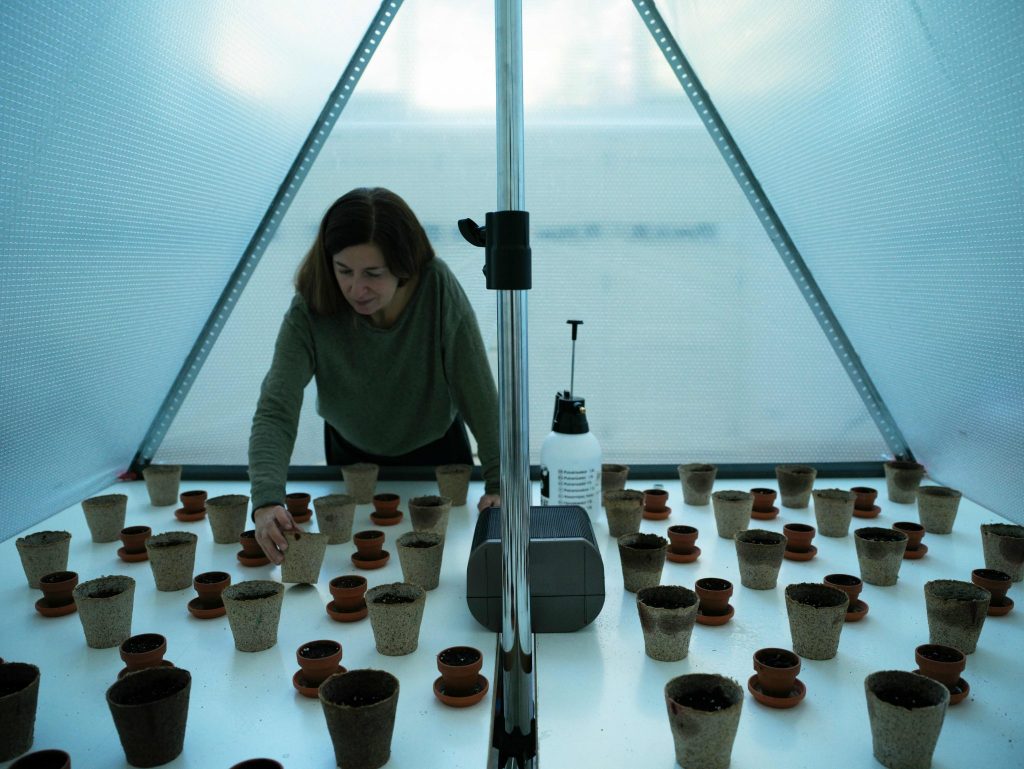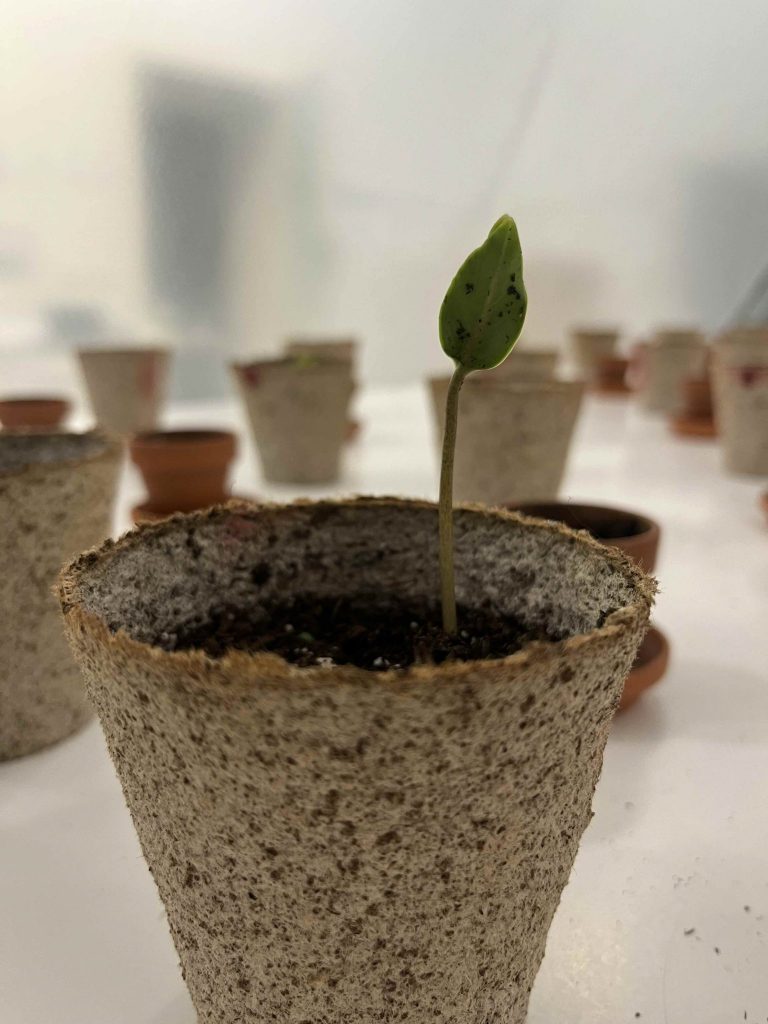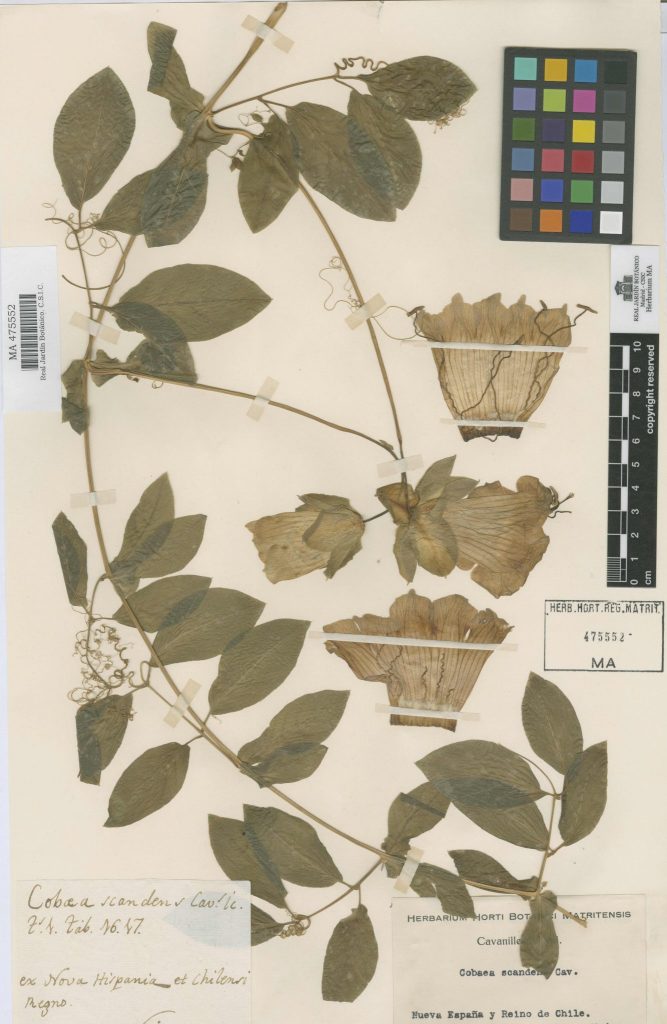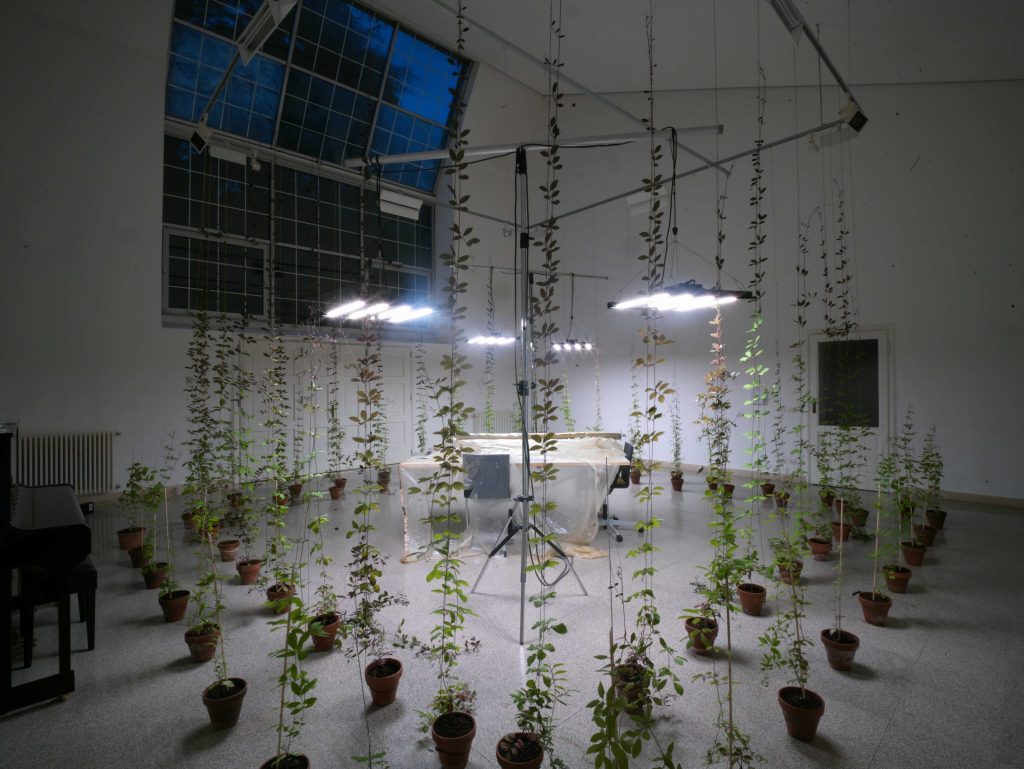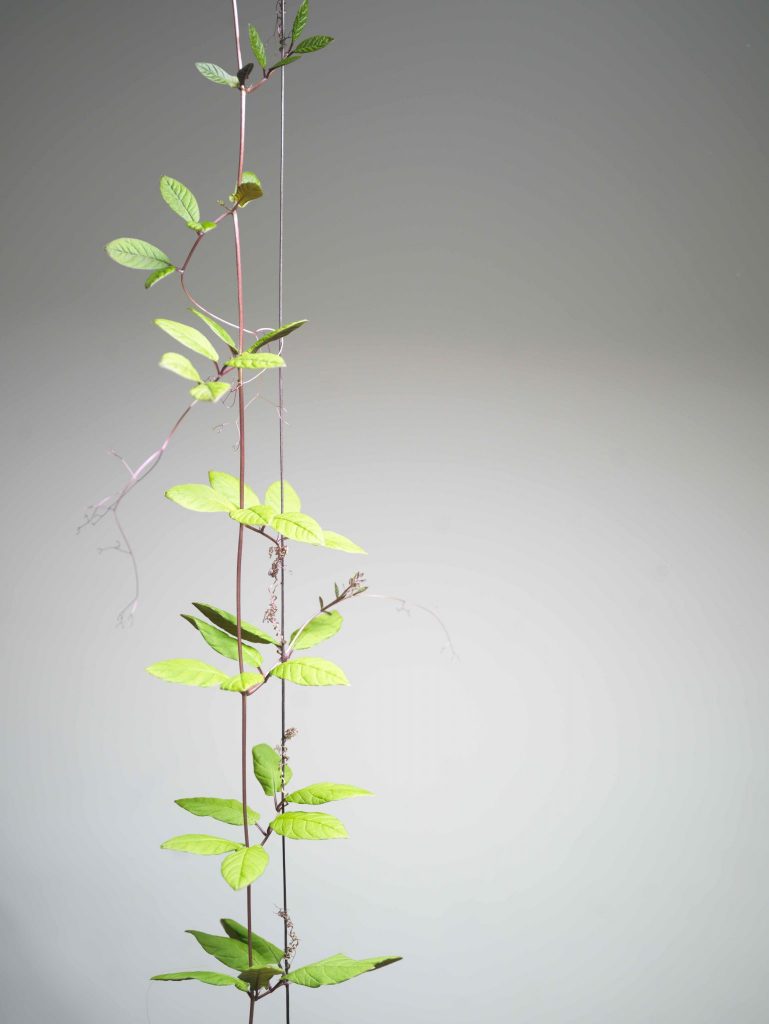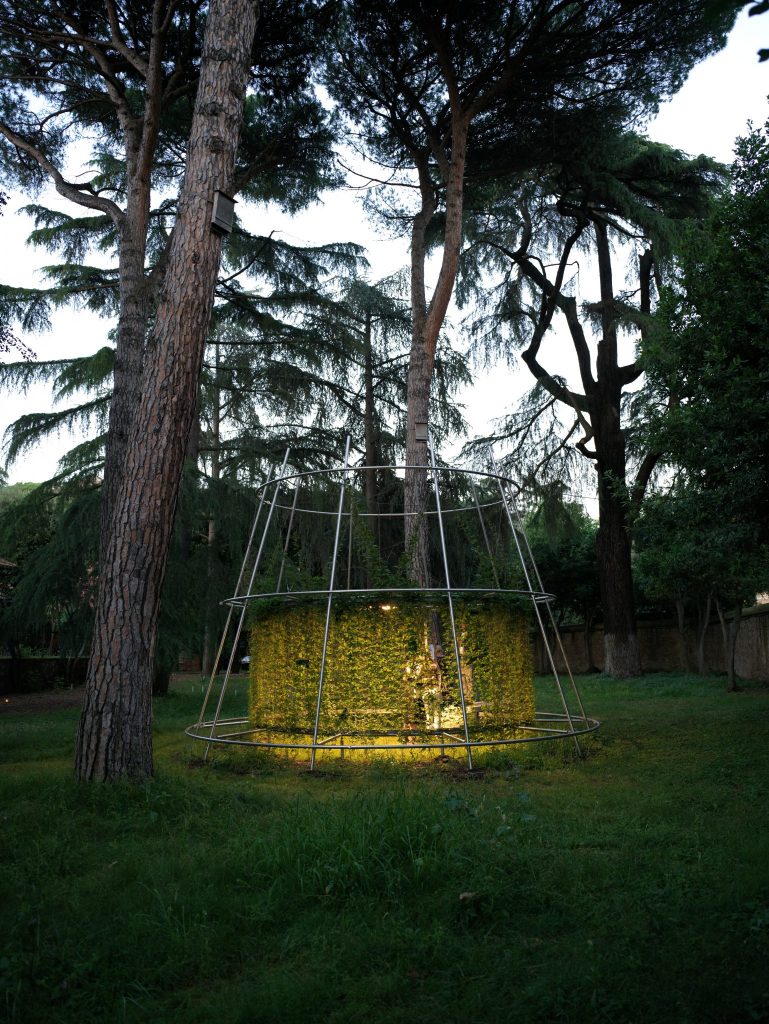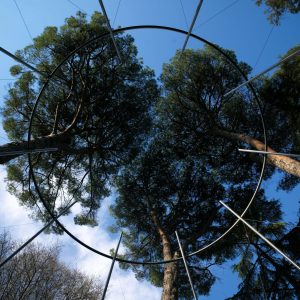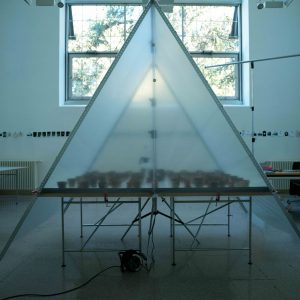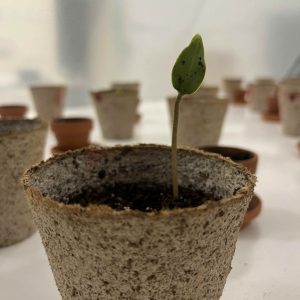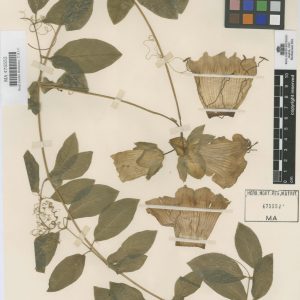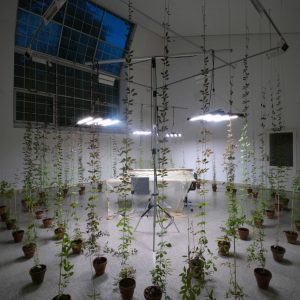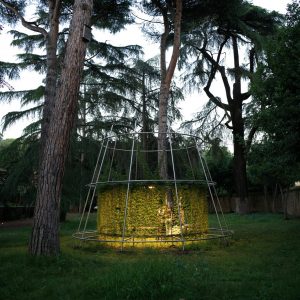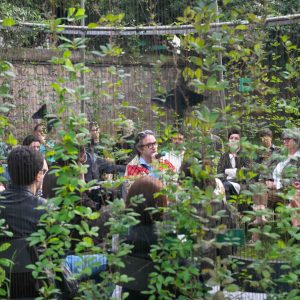Panorama delle Api
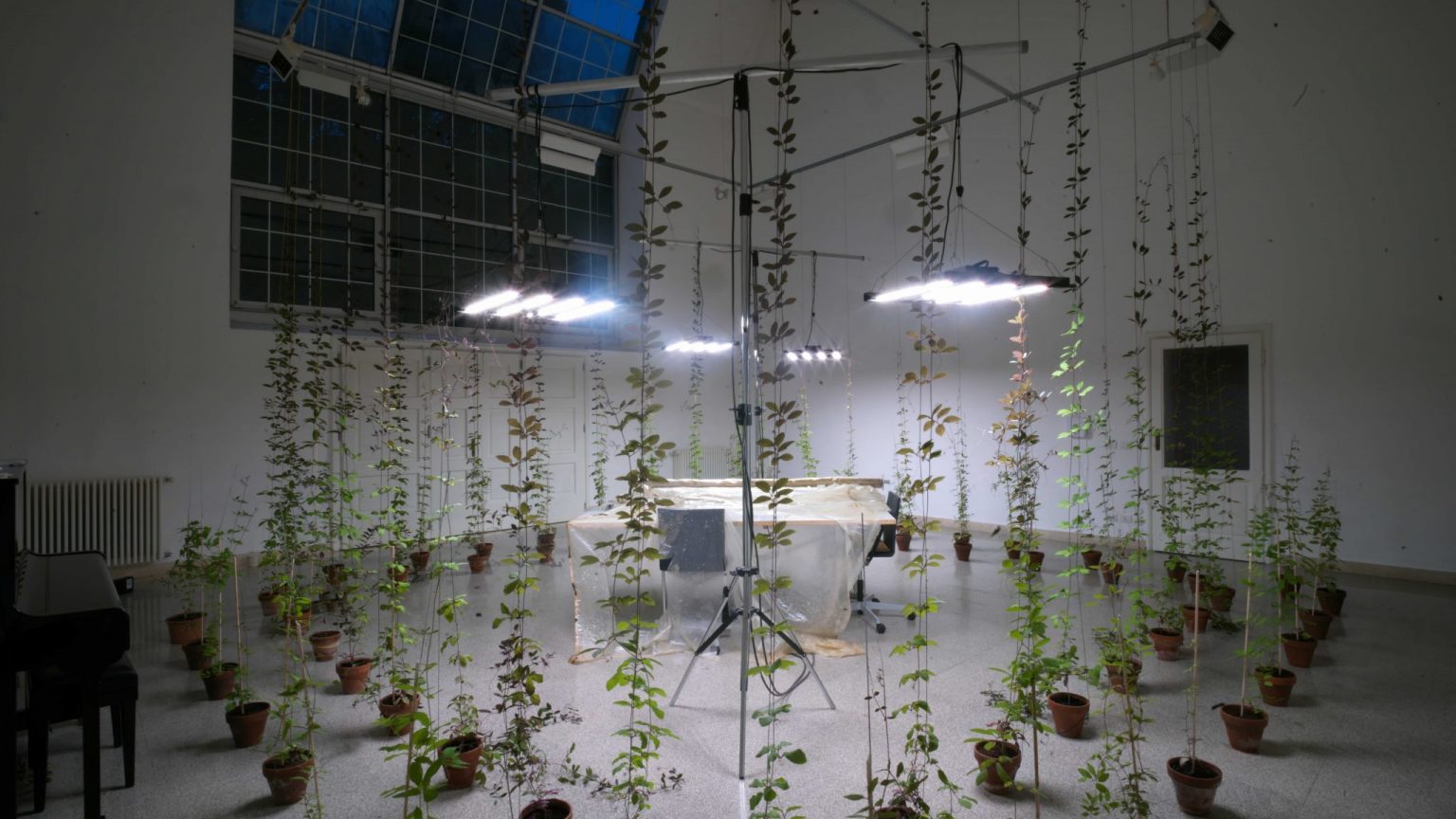
Alfredo Thiermann / Michelle Gravel
Research and exhibition by Alfredo Thiermann in collaboration with Michelle Gravel and Johanna Unzueta. The project was supported by the Villa Massimo, the German Academy in Rome and the collaboration will continue until 2026.
How would a bee perceive a picture of a distant, remote territory alien to her?
Panorama delle Api is a circular room defined mainly through vegetation situated in the back garden of Villa Massimo. Five meters in diameter and racing five meters above the ground,the circular precinct is dedicated to growing an apparently ordinary plant, the Cobaea Scandens. Brought for the first time from the Americas to Europe at the turn from the 17th to the 18thcentury, the description, depiction, interpretation, and implementation of this species is the testimony of the shifting ideas of how people have related to plants in the last four centuries. The Cobaea Scandens is named after Bernabé Cobo, a Jesuit missionary who first described it in his book Historia del Nuevo Mundo (1653) for its medicinal properties linked to indigenous knowledge. The plant has been subjected to multiple descriptions, interpretations, and instrumentalisation until it has been reduced to a widely used seasonal ornamental plant in northern Europe. The extraordinary history of this ordinary plant stores a record of how knowledge about the natural world has been transferred, migrated, and colonised.
Panorama delle Api is dedicated to the few privileged individuals fortunate enough to live in or visit the gardens of Villa Massimo. Still, it is more devoted to all the other pollinating species that care less about enclosed gardens and solid walls and simply fly over, radically ignoring them.
The project has been a collective weaving process by several migrants using their inherited knowledge and techniques. The steel structure has been reused from Turba Tol – Hol Hol Tol, the Chilean pavilion presented at the 59th Venice Art Biennale. Artist Johanna Unzueta and Michelle Gravel collaborated on weaving the path for the plants to grow with waxed cotton thread manufactured in Umbria. In dialogue with Erika Mayr, Michelle Gravel, and Alfredo Thiermann grew 63 Cobaea Scandens plants from their seed in their studio during their residency at Villa Massimo, carefully studying and documenting both the growth of the plants and its entangled natural, cultural, and political history.
